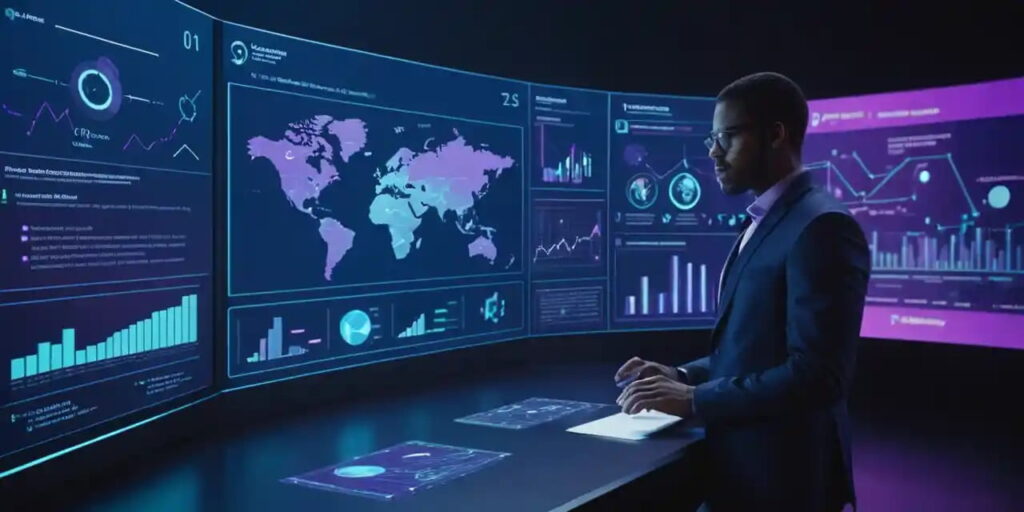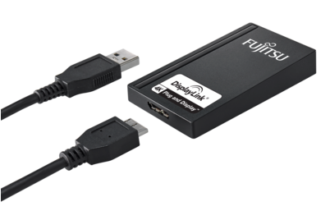The term “methatream” has recently been catching the attention of numerous industries, sparking curiosity about its applications and benefits. While the exact context of methatream may vary, it often aligns with dynamic advancements in technology or methodologies that optimize performance, data flow, or innovative workflows. This article will discuss what methatream entails, its potential applications, and why it could be relevant across multiple sectors.
What Is Methatream?
Methatream refers to a conceptual or technological framework designed to enhance efficiency, scalability, and adaptability in complex systems. It is often linked to processes or technologies that combine real-time data processing with predictive intelligence, creating a seamless flow of actionable insights. Methatream could be a game-changer for businesses and industries aiming to leverage data-driven strategies.
Key Characteristics of Methatream
- Real-Time Processing
Methatream systems can process large volumes of data instantaneously, ensuring that decisions are based on the latest information.
- Scalability
Designed to grow alongside increasing demands, methatream solutions can handle more significant workloads without compromising efficiency.
- Interconnectivity
Methatream thrives on the interconnected nature of systems, often integrating multiple data sources or platforms for holistic insights.
- Predictive Analytics
Through sophisticated algorithms, machine systems can predict outcomes, aiding proactive decision-making rather than reactive adjustments.
Key Benefits of Methatream
Adopting mainstream methodologies or technologies can provide a wide range of benefits across sectors. A few of these advantages include:
- Accelerated Decision-Making
By processing data in real time, organizations can respond instantly to market changes or operational inefficiencies.
- Improved Data Accuracy
Methatream solutions often prioritize robust validation protocols, reducing errors and ensuring high-quality data outputs.
- Cost Savings
Optimized workflows lead to reduced wastage of resources, significantly cutting operational costs.
- Enhanced User Experience
With predictive insights, businesses can anticipate user needs and deliver tailored experiences.
Example Use Cases of Methatream
|
Industry |
Sample Use Case |
Benefit |
|---|---|---|
|
Finance |
Real-time fraud detection |
Reduces financial losses |
|
Healthcare |
Predictive patient care models |
Enhances treatment outcomes |
|
E-commerce |
Personalized product recommendations |
Drives customer engagement |
|
Manufacturing |
Supply chain optimization |
Minimizes downtime |
Methatream Applications Across Industries
1. Healthcare
Methatream systems are revolutionizing patient care by enhancing diagnostics, streamlining administrative processes, and enabling predictive analytics in medical treatments. For example:
- Predictive Patient Management
Hospitals can manage patient inflow and allocate resources efficiently by using machine-powered models.
- Improved Diagnosis
Real-time data integration ensures all patient information—records, test results, and recent diagnostics—is readily available for accurate treatment planning.
2. Finance and Banking
The financial sector benefits greatly from Methatream’s ability to analyze large streams of transactional data.
- Fraud Detection
Methatream systems can flag unusual transactions in real time, preventing fraud before it escalates.
- Market Predictions
By analyzing live trading data, investment firms can better predict trends and make informed decisions.
3. Retail and E-commerce
Online and offline retail environments can leverage metatream for a competitive edge.
- Personalized Shopping Experiences
Methatream technology analyzes behavior patterns to suggest tailored product recommendations.
- Supply Chain Optimization
Real-time inventory tracking ensures stock levels are balanced to meet demand without overstocking or shortages.
4. Manufacturing
Factories and production lines have much to gain from machine-driven insights.
- Predictive Maintenance
Monitor the performance of machinery and predict failures before they occur, ensuring consistent operation.
- Process Optimization
Methatream can identify bottlenecks in production, suggesting automated workflows for better efficiency.
How Methatream Differs from Traditional Systems
A notable distinction between methatream and older systems is its emphasis on being adaptive and proactive. Here’s how it stands apart:
|
Feature |
Traditional Systems |
Methatream |
|---|---|---|
|
Data Processing |
Batch processing |
Real-time processing |
|
Decision-Making |
Reactive |
Predictive |
|
Scalability |
Limited |
Dynamic |
|
Integration With Systems |
Separate silos |
Unified interconnectivity |
Real-Life Example
A logistics company implemented the metatream technology to improve delivery timings. Instead of relying on historical data, live GPS tracking and traffic conditions were integrated for real-time routing, resulting in a 15% improvement in delivery efficiency and a reduction in fuel costs.
Challenges for Methatream Adoption
Like any significant disruption, incorporating methatream comes with its own set of challenges. Here are a few roadblocks organizations may face:
- High Implementation Costs
The initial investment in methatream technology might deter smaller enterprises.
- Technical Expertise Required
Teams need to upskill to operate and maintain these advanced systems efficiently.
- Data Security Concerns
With real-time connectivity comes the risk of potential cybersecurity threats.
- Resistance to Change
Employees and stakeholders may be hesitant to shift from traditional methods to a completely new framework.
Overcoming Challenges
Organizations can mitigate these hurdles through the following strategies:
- Starting with pilot programs to measure ROI before full-scale deployment.
- Partnering with credible market service providers for seamless adoption.
- Establishing robust cybersecurity measures to safeguard data integrity.
Steps for Implementing Methatream
If your business is exploring the metaverse, here’s a roadmap to get started:
- Assessment
Evaluate existing workflows, identify inefficiencies, and determine how Methatream can address them.
- Choose the Right Tools
Select the most suitable marketing platforms or technologies that align with your needs.
- Team Training
Provide comprehensive training for your staff to familiarize them with the system.
- Monitor and Optimize
Regularly analyze outcomes and fine-tune solutions to ensure peak performance.
The Future of Methatream
Looking ahead, methatream holds immense potential to redefine processes across industries. Rapid advancements in AI, machine learning, and IoT will further augment its capabilities, making it indispensable for businesses striving to remain agile and competitive. Industries like autonomous vehicles, smart cities, and renewable energy are likely to see significant machine-driven innovation in the coming years.
Trends to Watch
- Seamless Integration with IoT
Methatream can optimize IoT ecosystems to enable faster communication between devices.
- Focus on Sustainability
Predictive data from methatream systems could minimize resource wastage and carbon footprints.
- Improved Accessibility
With advancements, expect to see scaled-down, cost-effective marketing solutions for smaller businesses.
Final Thoughts
Methatream represents a paradigm shift in how individuals and organizations view data and process optimization. By leveraging real-time analytics, scalability, and interconnectivity, businesses can unlock new levels of efficiency and innovation. While challenges remain, investing in mainstream solutions can ultimately yield significant long-term benefits.
Whether you’re in healthcare, finance, retail, or manufacturing, it’s time to explore how methatream can enhance your processes and redefine success in today’s dynamic environments.
















